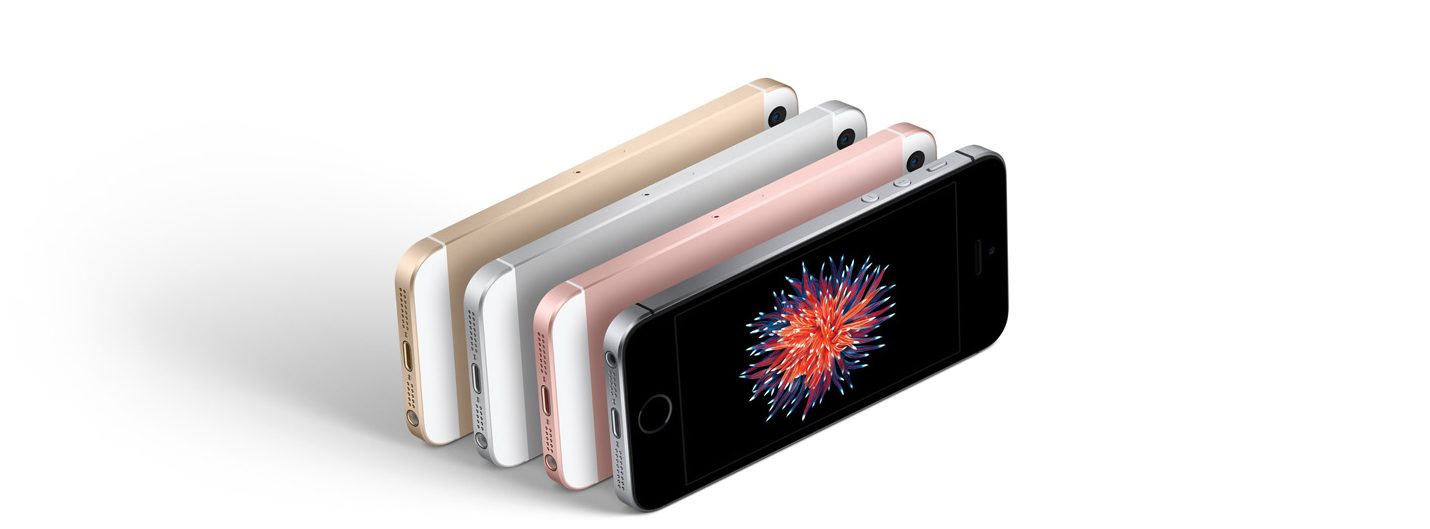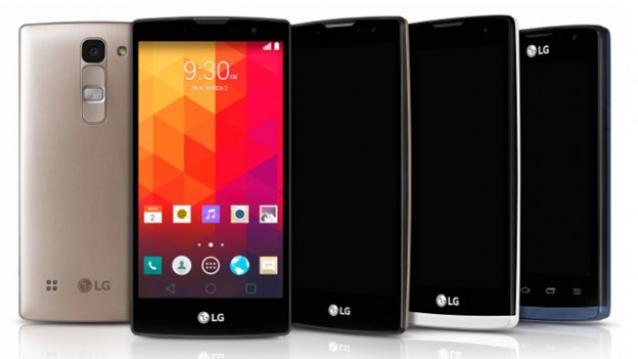A list of the most popular devices in the US and the EU, which is necessary to test the mobile application (translation of article)
 We are in a situation where global markets are presented thousands of different smartphones under hundreds of brands.
We are in a situation where global markets are presented thousands of different smartphones under hundreds of brands. Some of them we are familiar, and some we see for the first time. But this does not mean that the A - or B-brands are represented and popular on all markets. According to the Pareto Sakoku, only 5-7 devices/brands are take up to 80% of the market in a particular region.
Preface from the translator:
Colleagues, due to a certain amount of hype in the comments, I want to clarify a few points:
1) This is a translation of the article;
2) I deliberately left everything as is in the original (not made any edits in a few inaccuracies, wrote of the conclusions didn't leave comments), because it would not be a translation.;
3) If you think something's missing or want to improve the material, you can write a comment at the bottom (on the case), or to contact the authors of the original source (link below).
This means that when developing and testing mobile applications, you must bear in mind two main points:
the
-
the
- Devices that are popular in the regions where it is planned to launch applications. These popular devices will be in the hands of the majority of your real users. And if the build is a beta testirovanie not been tested on any of these devices, chances to put bold cross on the promotion of the application right from the start. the
- Mobile device specification (screen resolution, independent of pixel density, etc.).
We conducted research and gathered a list of the most popular devices in the United States and the European Union markets.
Nice test!
the
Apple Smartphones
| Smartphone name | Screen width px | Screen height px | CSS width, dp | CSS height, dp | SPD, ppi |
| Apple iPhone 6s | 750 | 1334 | 375 | 667 | 326 |
| Apple iPhone 6 Plus | 1080 | 1920 | 414 | 736 | 401 |
| Apple iPhone 6 | 750 | 1334 | 375 | 667 | 326 |
| iPhone 6 Plus | 1080 | 1920 | 414 | 736 | 401 |
| Apple iPhone SE | 640 | 1136 | 320 | 568 | 326 |
| Apple iPhone 5/5S/5C | 640 | 1136 | 320 | 568 | 326 |

the
LG Smartphone
| Smartphone name | Screen width, in px | Screen height, in px | CSS width, dp | CSS height, dp | SPD, ppi |
| G4 | 1440 | 2560 | 360 | 640 | 538 |
| LG G3 | 1440 | 2560 | 360 | 640 | 538 |
| LG Nexus 6P | 1440 | 2560 | 411 | 731 | 518 |
| LG Nexus 6 | 1440 | 2560 | 411 | 731 | 518 |
| LG Nexus 5X | 1080 | 1920 | 411 | 731 | 423 |
| LG Nexus 5 | 1080 | 1920 | 360 | 640 | 445 |
| LG Nexus 4 | 768 | 1280 | 384 | 640 | 320 |

the
Samsung Smartphones
| Smartphone name | Screen width, in px | Screen height, in px | CSS width, dp | CSS height, dp | SPD, ppi |
| Samsung Galaxy S6 | 1440 | 2560 | 360 | 640 | 577 |
| Samsung Galaxy S6 Edge | 1440 | 2560 | 360 | 640 | 577 |
| Samsung Galaxy S5 | 1080 | 1920 | 360 | 640 | 441 |
| Samsung Galaxy S4 | 1080 | 1920 | 360 | 640 | 441 |
| Samsung Galaxy S4 mini | 540 | 960 | 360 | 640 | 256 |
| Samsung Galaxy S3 | 720 | 1280 | 360 | 640 | 306 |
| Samsung Galaxy S3 mini | 480 | 800 | 320 | 533 | 233 |
| Smartphone name | Screen width, in px | Screen height, in px | CSS width, dp | CSS height, dp | SPD, ppi |
| Xiaomi Mi 4 | 1080 | 1920 | 360 | 640 | 441 |
| Xiaomi Mi 3 | 1080 | 1920 | 360 | 640 | 441 |
| Sony Xperia Z3 | 1080 | 1920 | 360 | 598 | 424 |
| Sony Xperia Z | 1080 | 1920 | 360 | 640 | 443 |
| HTC One M9 | 1080 | 1920 | 360 | 640 | 538 |
| HTC One M8 | 1080 | 1920 | 360 | 640 | 538 |
the source of the article Article based on information from habrahabr.ru

Комментарии
Отправить комментарий